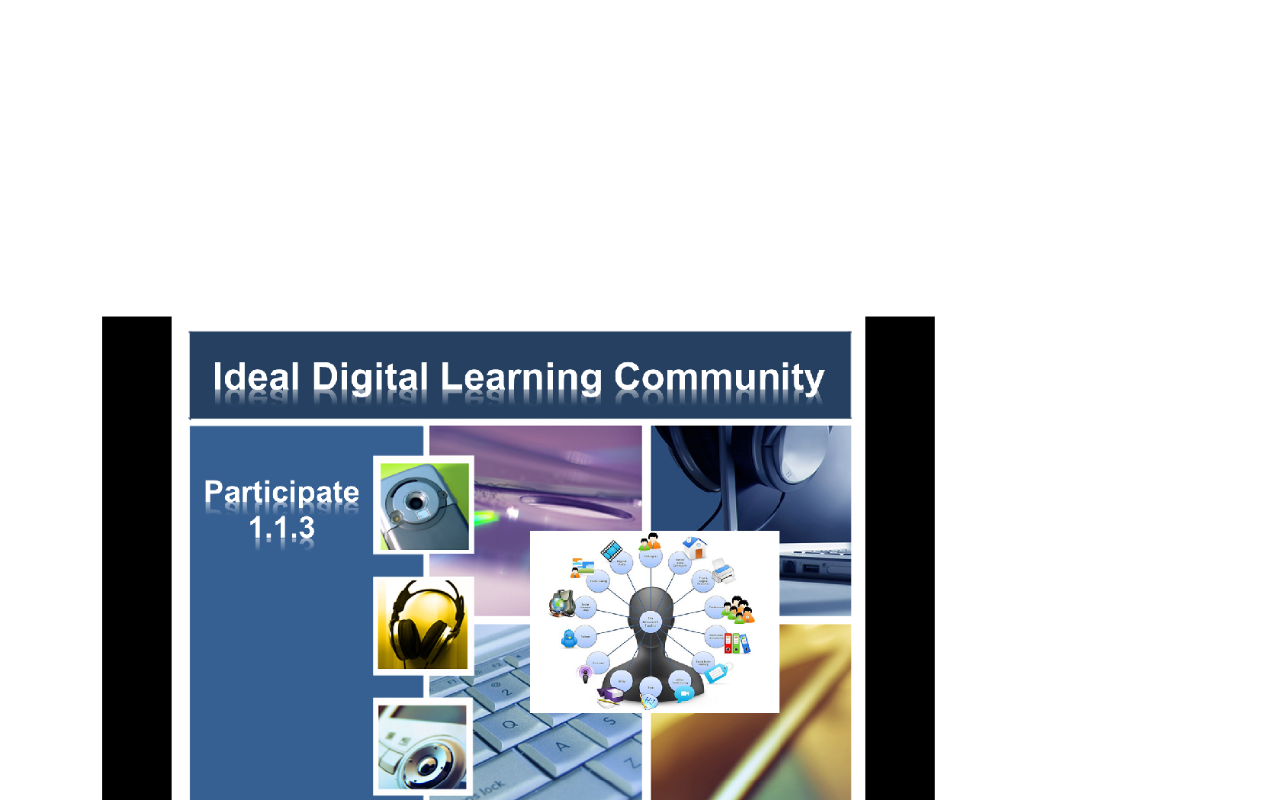Participate 3.1.1- Access to the Digital Community
What types of barriers might impede students’ opportunities to access digital learning?
Currently, students in rural areas lag behind due to the slower Internet connections since high-speed is not always available. Although there are more classrooms with computer access, the access divide remains a huge issue for many students. Minority and disadvantaged students experience inequity issues regarding equity and technology, in addition to female, handicapped and rural students. I learned that wealthy schools have a computer ratio per student of 53:1 while poor districts have a 73.1 ratio. This is valuable information because I did not realize the extent that women and handicapped students deal with inequity issues. This information is important because it highlights the issue that limited hardware and software can result in limiting the types of students who have access to technology. It appears that the best students have more access to computers than average and low-level learners. The students with the highest ability level take the most advantage of technology available in the schools. Handicapped students miss out of opportunities due to the lack of adaptive devices and special software. In addition, girls sometimes have a negative attitude toward some of the mathematically designed programs which highlights gender bias. This is a very interesting website and includes a strong statement, “Despite the promise of emerging technology, it is important to remember that technology and equity are not inevitable partners."
I learned that originally the equity issue focused on unequal physical access to technology at home and at school. Now the attention focuses on the inequity, due to an unequal distribution of Internet access regarding race, income and education. Owning a computer simply does not level the inequality, but high socio-economic students are more likely to complete their homework assignments with computers at home as compared to low socio-economic students. The inequity of computer use pertaining to the ability level of the student is eye-opening. In some classes of low socio-economic schools, students occasionally use computers for routine activities such as looking up definitions whereas in the high socio-economic schools, students are more likely to use computers in a more advanced way to carry out statistical analyses, simulations and data analysis. Slow Internet connections will continue to be a problem in rural areas due to the unavailability of high speed Internet.
What might we do to eliminate such barriers?
The issue of eliminating such barriers is not an easy one to solve. Schools without adequate computer or broadband access have the opportunity to apply for grants which might help them overcome this barrier. Grants could provide a possible solution to the issue of inequity in technology use. Low income students are among the groups who most likely lack computer or broadband access at home. More and more school districts are implementing a BYOD initiative in order to avoid certain issues of cost and the limited numbers of computers available at schools.

Cobb County's rank is 3rd:
|
Rank |
Name |
|||||||
|---|---|---|---|---|---|---|---|---|
|
1 |
100%± 0.0 |
% |
% |
% |
% |
% |
% |
|
|
2 |
100%± 0.0 |
% |
% |
% |
% |
% |
% |
|
|
3 |
100%± 0.0 |
% |
% |
|
After visiting WebAIM, I learned the acronym POUR to check off the accessibility of websites:
Perceivable: Web content is made available to the senses - sight, hearing, and/or touch
Operable: Interface forms, controls and navigation are operable.
Understandable: Content and interface are understandable.
Robust: Content can be used reliably by a wide variety of user agents, including assistive technologies.
Comparison of Accessibility of Various Digital Learning Communities:

Participate

Navigate

Communicate


Create



